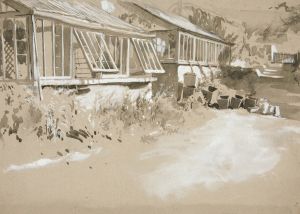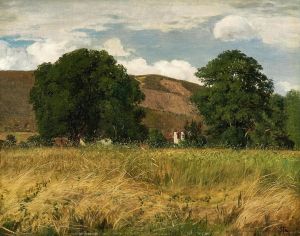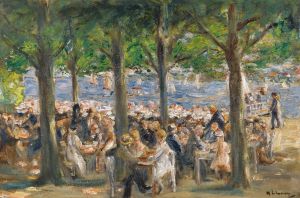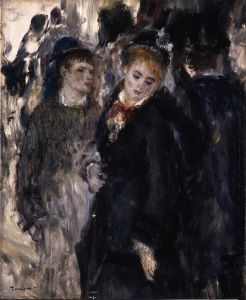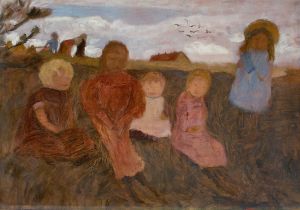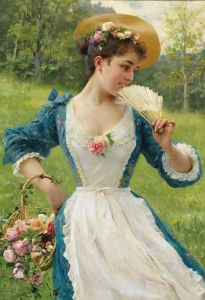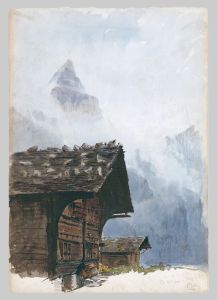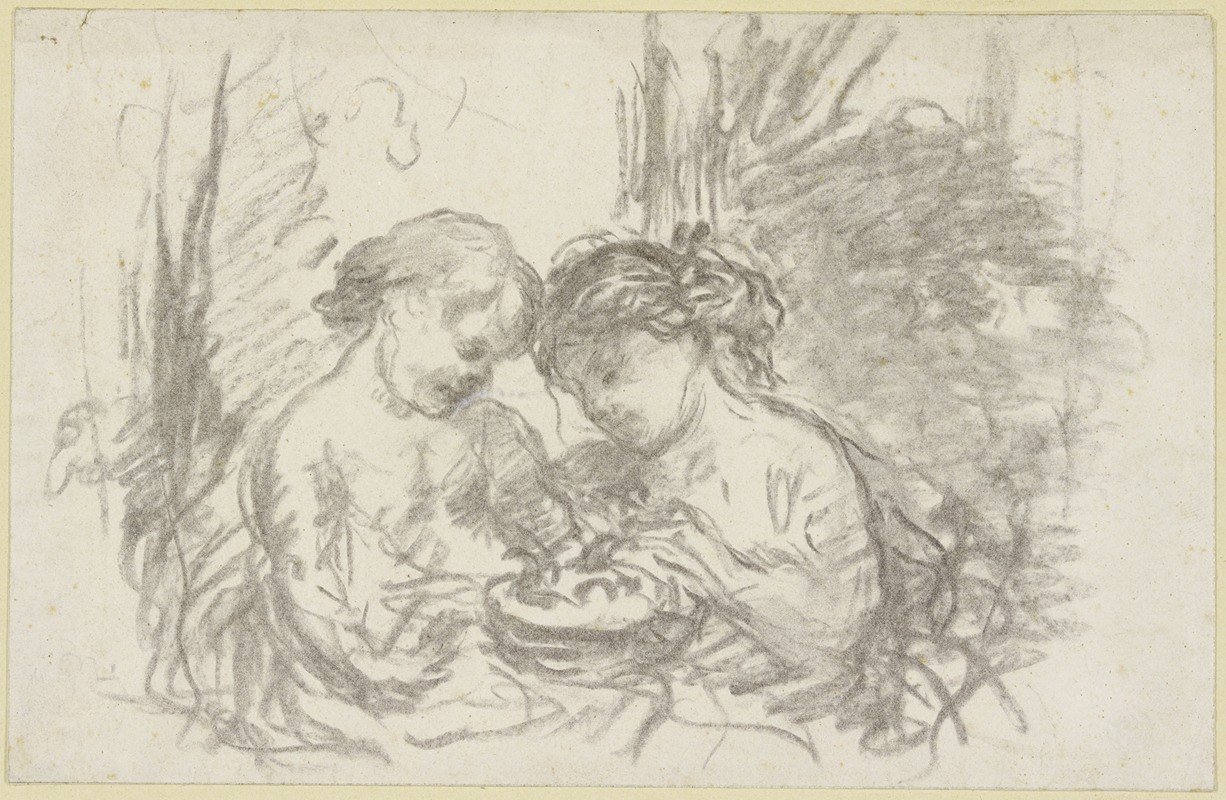
Two children with basket
A hand-painted replica of Narcisse Virgilio Díaz’s masterpiece Two children with basket, meticulously crafted by professional artists to capture the true essence of the original. Each piece is created with museum-quality canvas and rare mineral pigments, carefully painted by experienced artists with delicate brushstrokes and rich, layered colors to perfectly recreate the texture of the original artwork. Unlike machine-printed reproductions, this hand-painted version brings the painting to life, infused with the artist’s emotions and skill in every stroke. Whether for personal collection or home decoration, it instantly elevates the artistic atmosphere of any space.
Narcisse Virgilio Díaz de la Peña, a prominent 19th-century French painter, is known for his contributions to the Barbizon School, a movement that emphasized naturalism and the depiction of rural landscapes. One of his works, "Two Children with Basket," exemplifies his skill in capturing the innocence and simplicity of rural life, although specific details about this painting are scarce.
Díaz was born in Bordeaux, France, in 1807, and he became an influential figure in the art world during his lifetime. He was of Spanish descent and faced numerous hardships in his early life, including the loss of a leg due to a snake bite, which led him to use a wooden leg. Despite these challenges, Díaz pursued a career in art and became known for his vibrant use of color and his ability to convey emotion through his work.
The Barbizon School, with which Díaz is closely associated, was named after the village of Barbizon near the Forest of Fontainebleau, where many artists gathered to paint en plein air, or outdoors. This movement was a reaction against the formalism of academic art and sought to capture the beauty and authenticity of nature. Díaz, along with other notable artists like Jean-François Millet and Théodore Rousseau, played a crucial role in this movement, which laid the groundwork for Impressionism.
"Two Children with Basket" likely reflects Díaz's interest in genre scenes, which depict everyday life and ordinary people. Although specific details about this painting are limited, it can be inferred that the work captures a moment of simplicity and innocence, characteristic of Díaz's approach to such subjects. His paintings often feature rich, warm tones and a focus on the effects of light, which can be seen in his treatment of landscapes and figures alike.
Díaz's technique involved a loose, expressive brushwork that allowed him to convey the textures and colors of the natural world effectively. This approach is evident in his depictions of forest scenes, where he skillfully rendered the interplay of light and shadow. While "Two Children with Basket" may not be as widely recognized as some of his other works, it nonetheless embodies the qualities that made Díaz a respected and influential artist of his time.
Throughout his career, Díaz exhibited regularly at the Paris Salon, where he gained critical acclaim and commercial success. His work was highly sought after by collectors, and he was awarded the Legion of Honor in 1851, a testament to his impact on the art world. Díaz's legacy is marked by his ability to bridge the gap between Romanticism and the emerging Impressionist movement, influencing a generation of artists who followed.
In summary, while specific information about "Two Children with Basket" is limited, the painting can be appreciated within the broader context of Narcisse Virgilio Díaz de la Peña's oeuvre and his contributions to the Barbizon School. His work continues to be celebrated for its emotive use of color and light, as well as its portrayal of the serene beauty of rural life.





